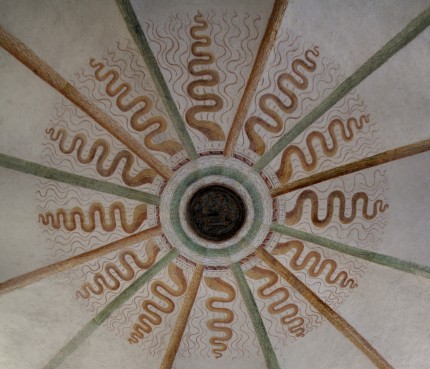
The Cervara abbey has always been cloaked in a shroud of enchantment and mystery. During its seven centuries of existence, times of grandeur have followed periods of decay, and the information handed down over the centuries about Cervara combines reality with imagination, and history with legend. The first inhabitants in the area were a small group of Benedictine monks, who founded a monastery there in 1361 and dedicated it to San Girolamo. The monastery soon grew in size and power, and it even subjugated other similar institutions to its authority. The prestige of San Girolamo della Cervara and its magnificent position made it the preferred destination of illustrious personalities whose visits are recorded in local journals. These people included poet Francesco Petrarca, Saint Catherine of Siena, Pope Gregory XI (1376) and John of Austria, the famous leader who defeated the Turks at Lepanto (1574). Cervara was also visited by scholar Alessandro Piccolomini and scientist Guglielmo Marconi, the inventor of the wireless telegraph. Some unfortunate individuals even found themselves forced to stay at Cervara against their will. For example, King Francis I of France, who was defeated by Charles V of Spain at Pavia in 1525, had the singular misfortune of being imprisoned in the small tower rising steeply from the beach (where, ironically enough, he could enjoy a splendid view of Portofino bay).